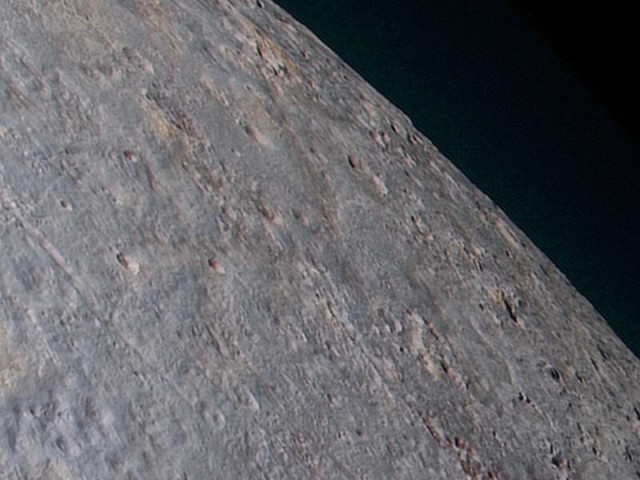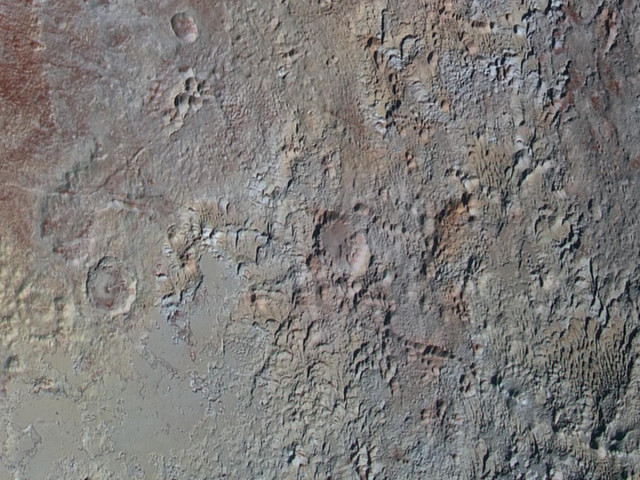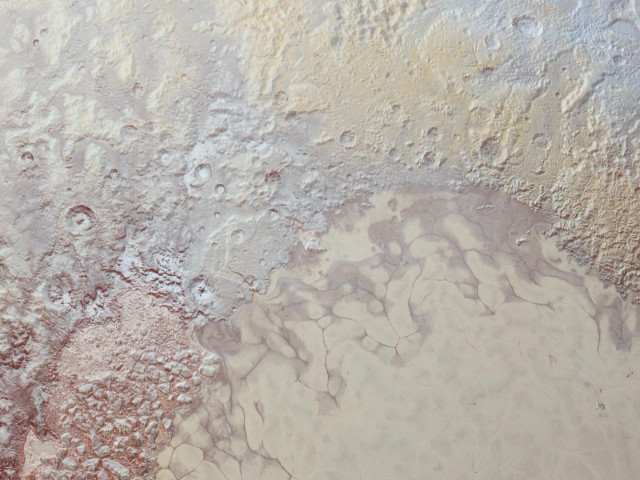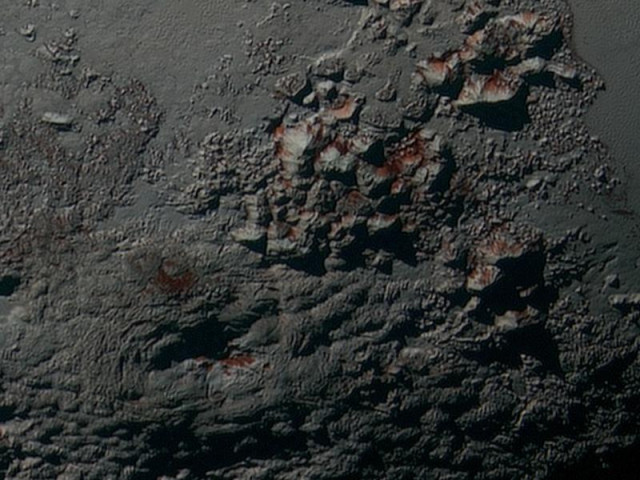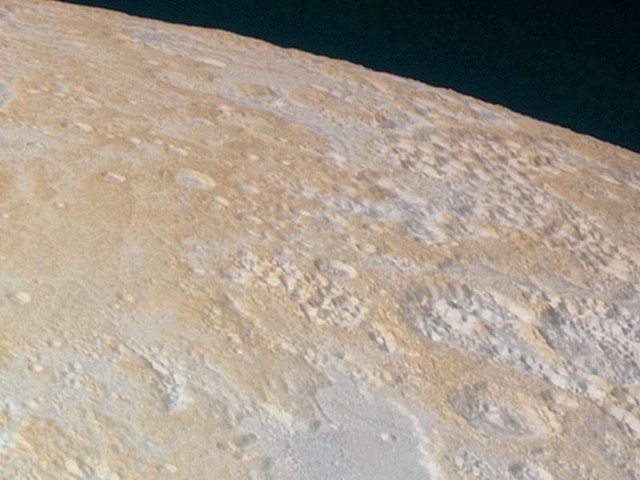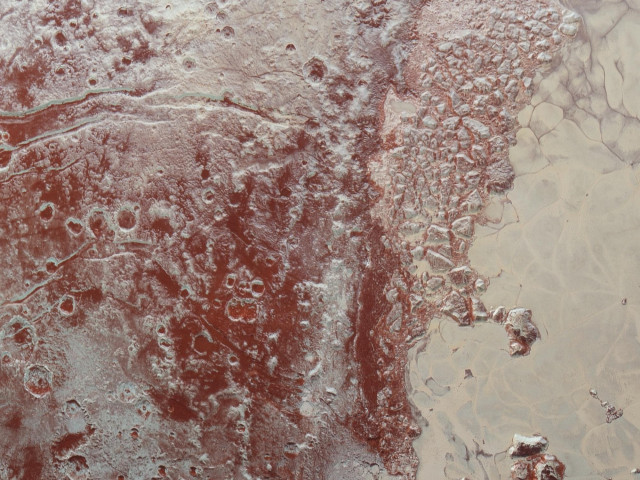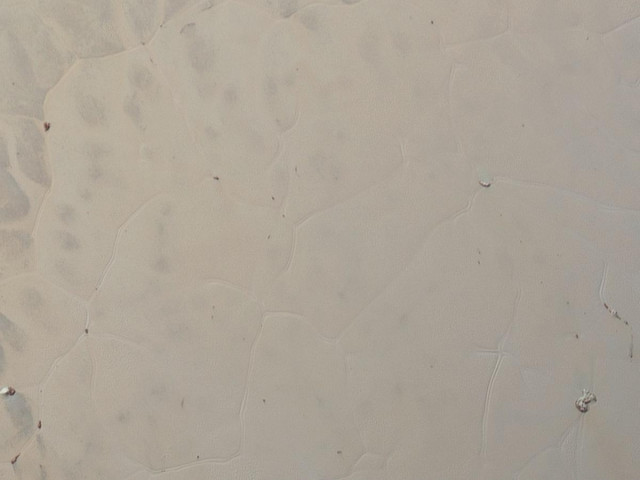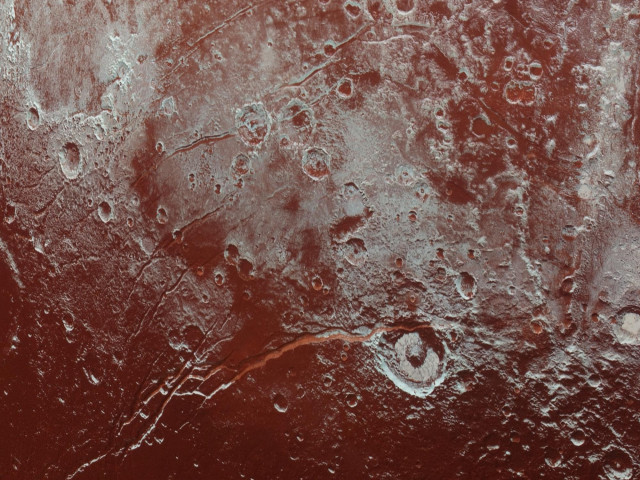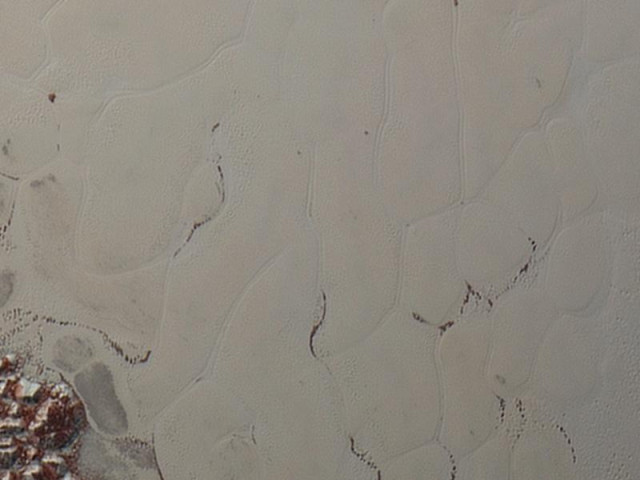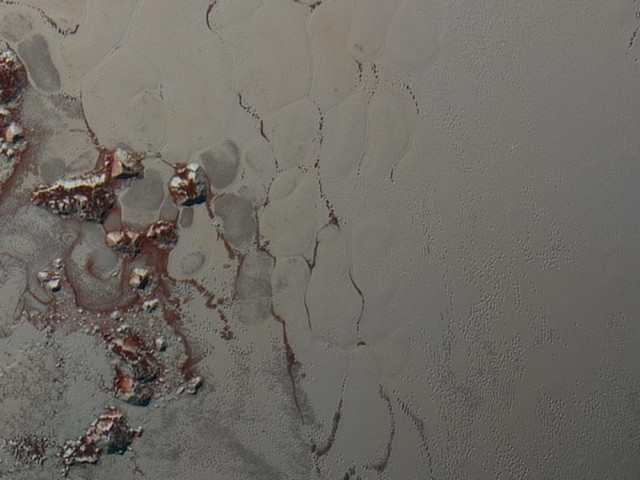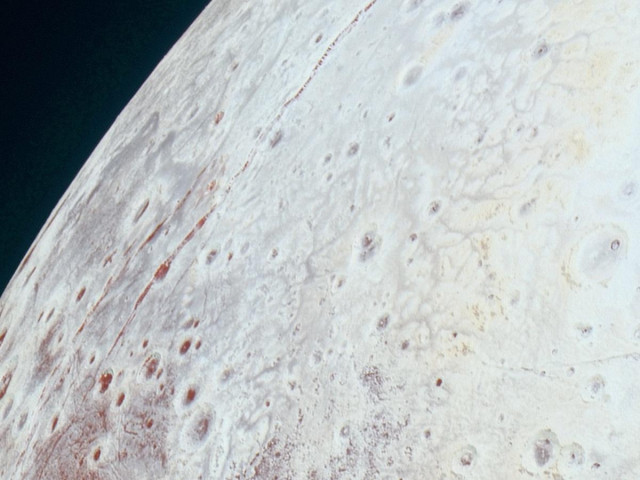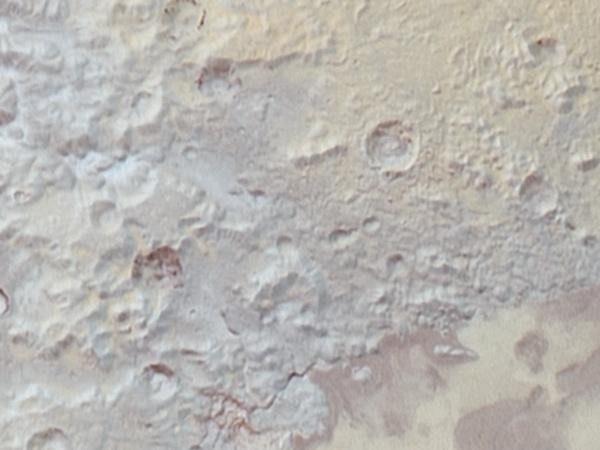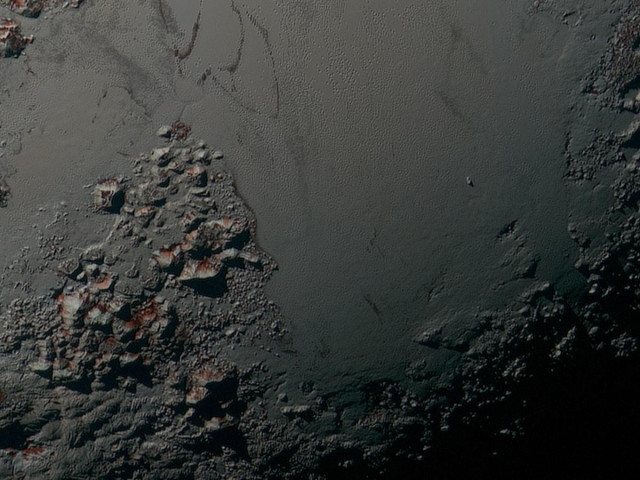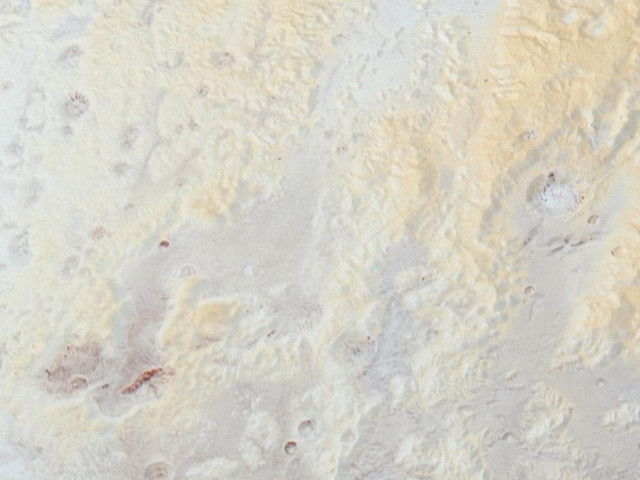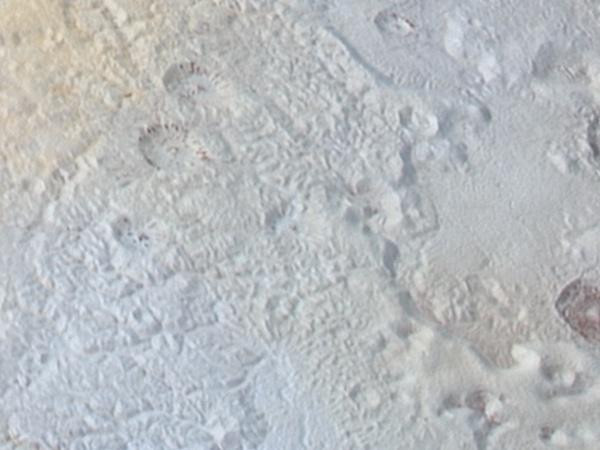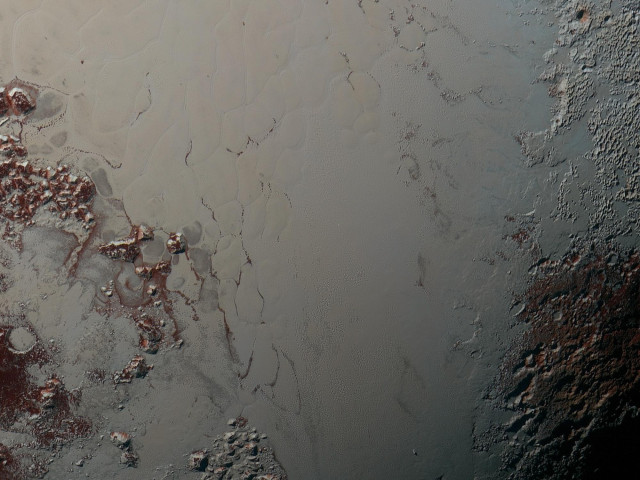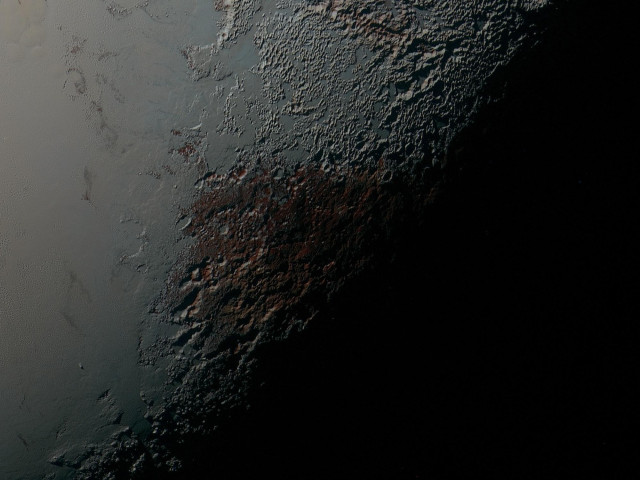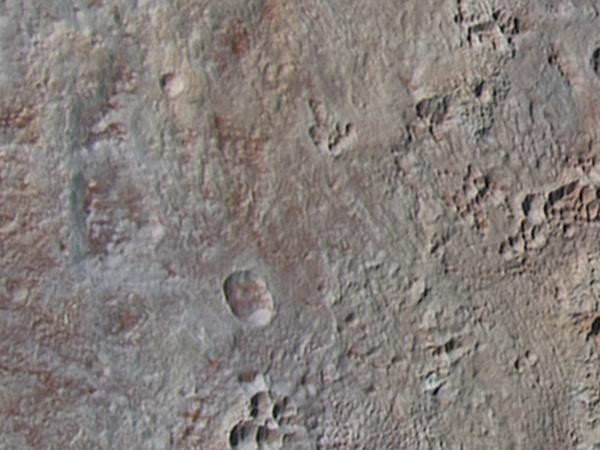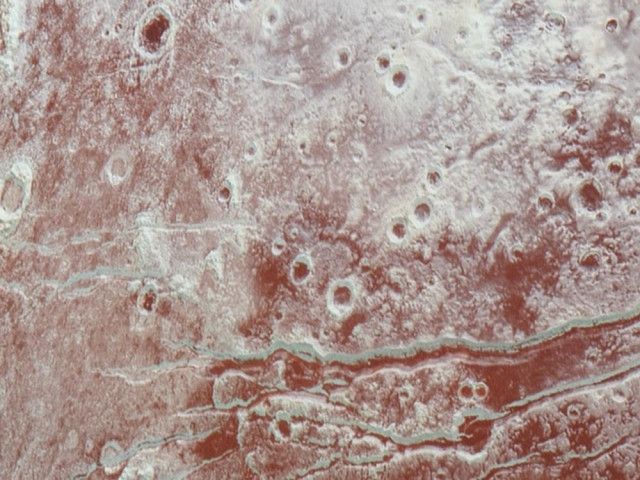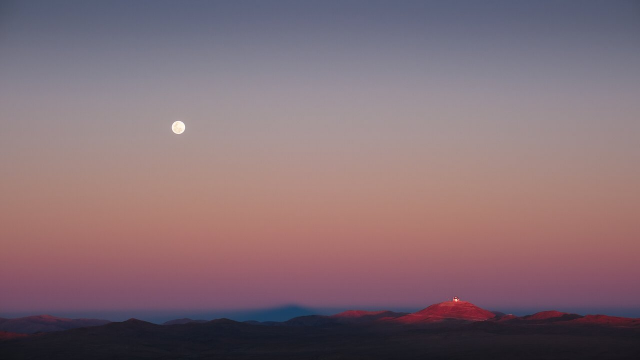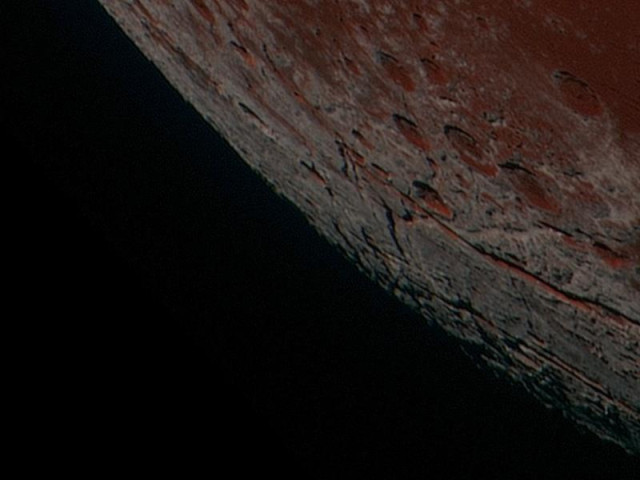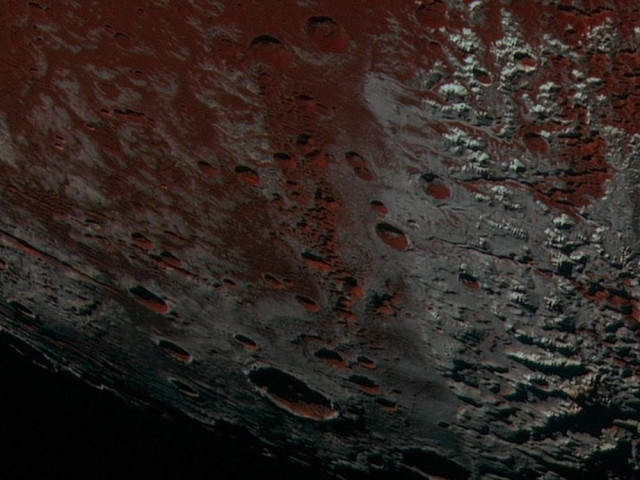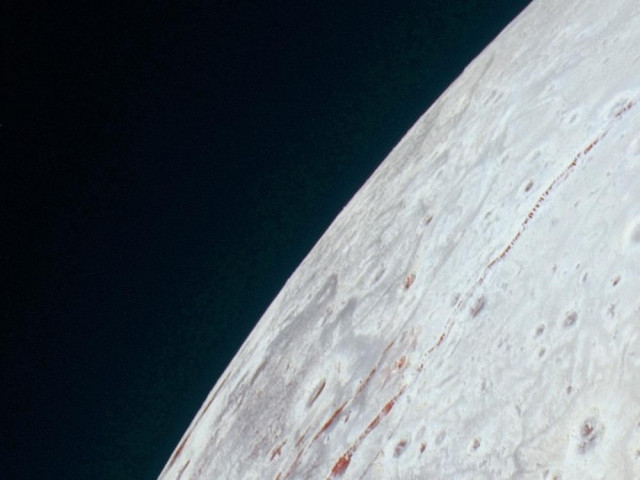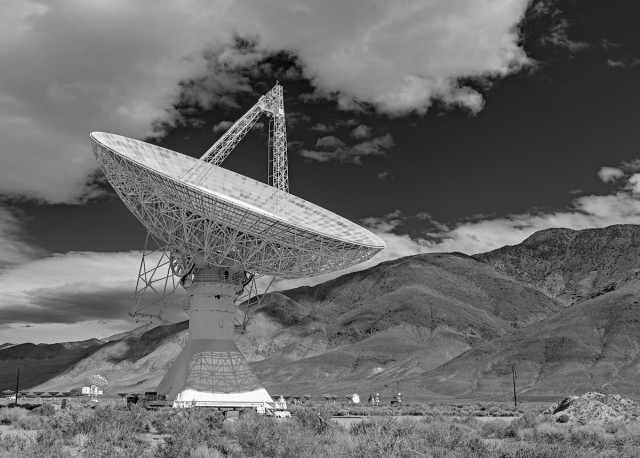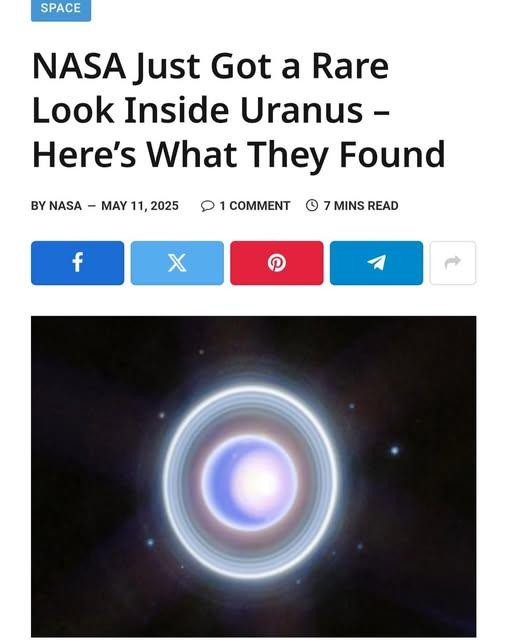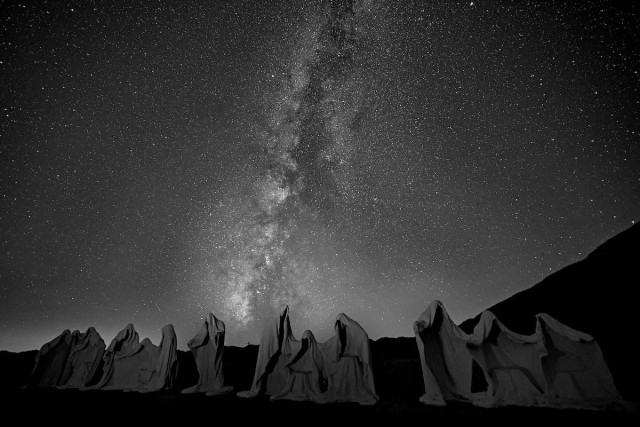Search
Items tagged with: Astronomy
Endless expanse 🤩
The full #Moon shines bright in the sky. Below it, the giant dome of our Extremely Large Telescope glows with the golden #sunset light of the Atacama Desert in #Chile.
The ELT dome might look small in the image, but the full 30-min walk via the set of stairs from the entrance of the dome to its top indicates its gigantic size: 80 m high and 93 m wide.
Read more: eso.org/public/images/potw2549…
📷 L. Sbordone/ESO
A @Nature paper published today argues that "Satellite megaconstellations will threaten space-based astronomy" nature.com/articles/s41586-025…
Here's the punchline of the paper: satellites could be a problem even for orbiting space telescopes, but the impact depends on how many are launched. "Our results show that if these constellations are completed, one-third of the images of the Hubble Space Telescope will be contaminated, while the SPHEREx (Spectro-Photometer for the History of the Universe, Epoch of Reionization and Ices Explorer), ARRAKIHS (Analysis of Resolved Remnants of Accreted galaxies as a Key Instrument for Halo Surveys) and Xuntian space telescopes will have more than 96% of +0.3 their exposures affected, with 5.6^+0.3_−0.3, 69^+21_−22, and 92^+11_−10 trails per exposure, respectively, with an average surface brightness of μ = 19 ± 2 mag arcsec−2."
#Astronomy #Satellites #Megaconstellations #SpaceTelescope
Satellite megaconstellations will threaten space-based astronomy - Nature
Rapidly growing satellite constellations pose a substantial threat to astronomical observations, with projections indicating that future space telescopes will have more than 96% of their exposures affected by satellite trails, necessitating urgent mi…Nature
Hackaday: Building A Low-Cost Satellite Tracker. “Looking up at the sky just after sunset or just before sunrise will reveal a fairly staggering amount of satellites orbiting overhead, from tiny cubesats to the International Space Station. Of course these satellites are always around, and even though you’ll need specific conditions to view them with the naked eye, with the right radio antenna […]
Owens Valley Radio Observatory 40 meter (130ft) telescope near Big Pine, California (10/13/2025). The big 40m instrument is owned and operated by Caltech. It is mostly used to observe over 1800 blazars in support of the Fermi Gamma-ray Space Telescope.
#Astronomy #AstroPhotography #AstroPhysics #Radio #Telescope #Science #Travel #RoadTrip #BlackAndWhite #Photography #Darktable
Excited to now share this story; papers have been accepted!
Apep is an awesome system, unlike any other we know about. It is named after the Egyptian God of Chaos - because, well, it is chaos!
Two Wolf-Rayet systems orbited by a third supergiant. As all their winds collide, they form these beautiful structures that have now been observed with #JWST and ESO's VLT.
I had a chat with fellow student from Macquarie Uni. Ryan White who has led one of the two papers that are released about this.
My latest for #SpaceAustralia
spaceaustralia.com/news/order-…
📸 NASA, ESA, CSA, STScI; Simulation: Yinuo Han (Caltech), Ryan White (Macquarie University); Visualization: Christian Nieves (STScI); Image Processing: Alyssa Pagan (STScI)
#Astronomy #Astrophysics #Astrodon #Apep #Science #WolfRayet
Order Amongst the Chaos of Apep | Spaceaustralia
A new paper, led by Macquarie University PhD researcher Ryan White, has helped reveal the spiral and intricate structure of a rare and unique stellar binary system in the Milky Way - Apep, named after the Egyptian mythological God of chaos.www.spaceaustralia.com
The Last Supper (1984) by Belgian artist, Albert Szukalski.
(Goldwell Open Air Museum, Rhyolite, Nevada, 10/17/2025. This was a single frame. No AI or compositing was used.)
#Travel #RoadTrip #Art #Museum #AstroPhotography #Astronomy #BlackAndWhite #Photography #Darktable #NoAI
